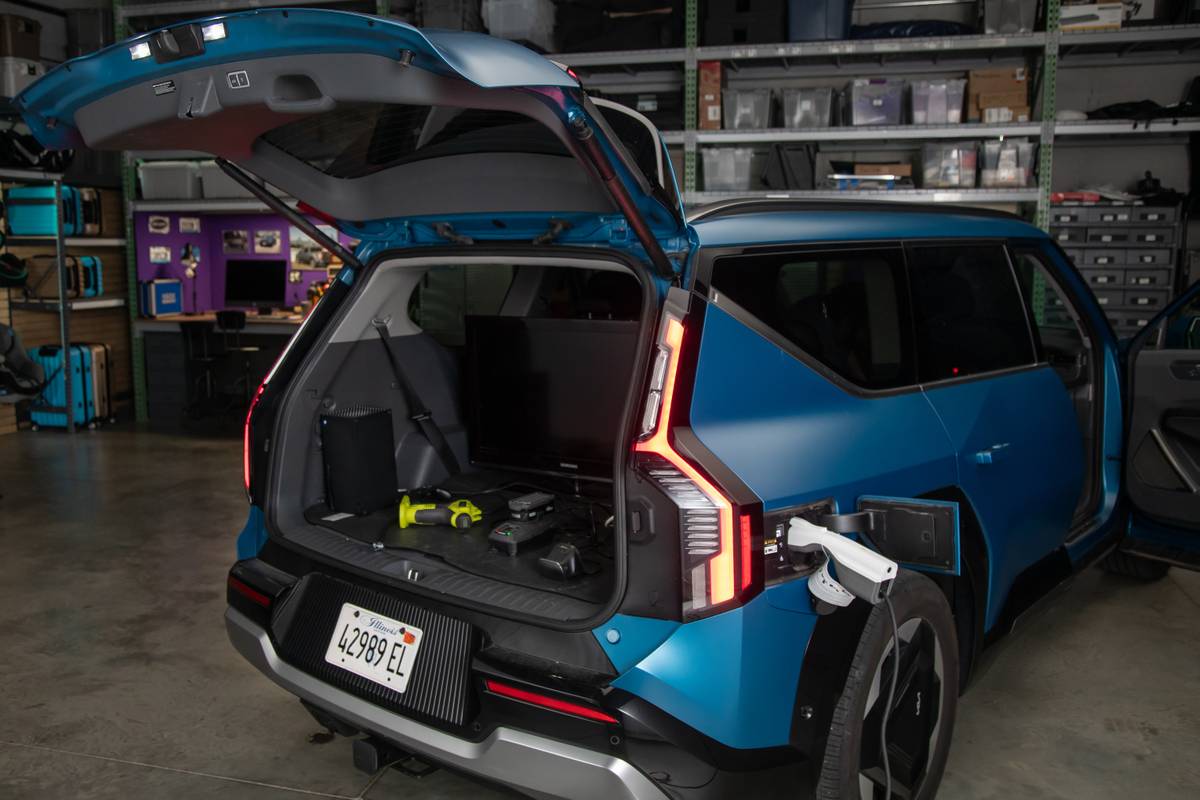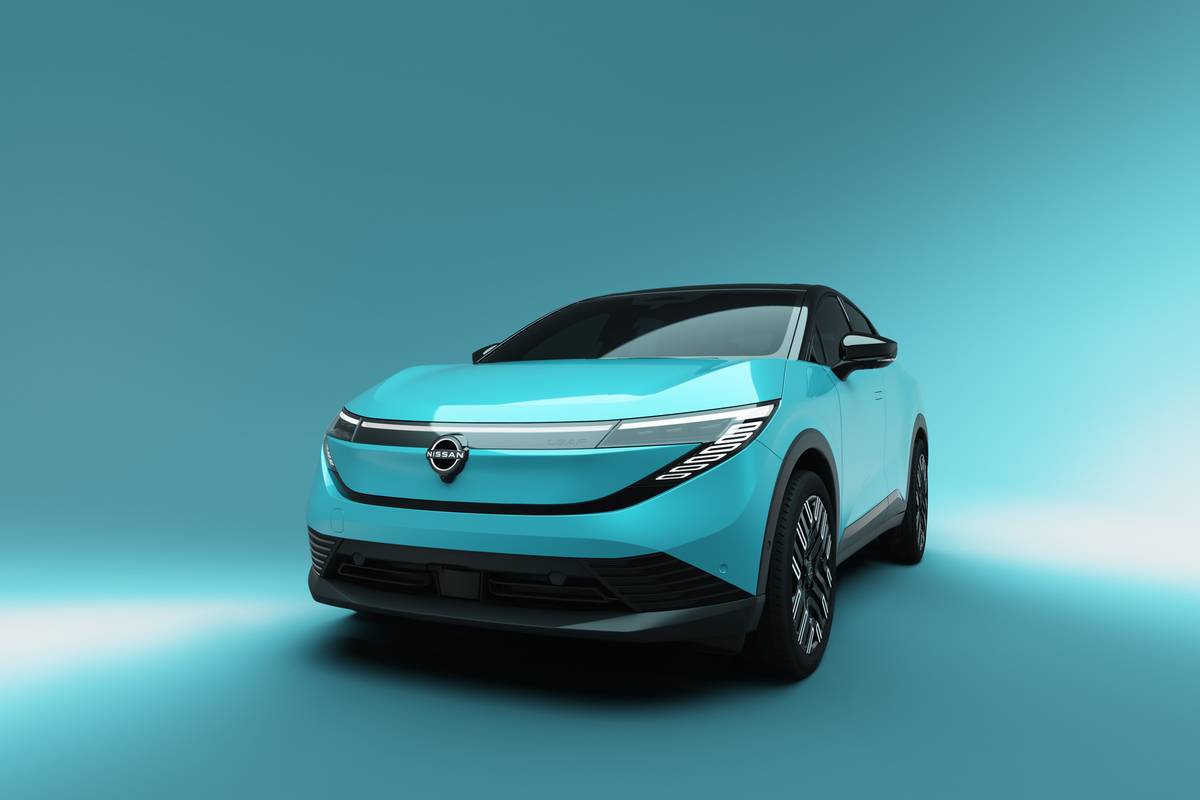Star-Telegram.com's view
Cadillac fans now have two choices when it comes to carlike people-haulers: the all-new CTS wagon or the redesigned 2010 SRX crossover.
Adding a wagon version of the CTS to the lineup for 2010 while revising the SRX as well seems somewhat redundant.
Even though they are completely different vehicles, their sizes, shapes and capacities are similar enough that it seems as though one or the other would have been sufficient.
Both have room for just five people, and both look like the modern crossover vehicle; the biggest difference seems to be that the SRX has front- or all-wheel drive, while the CTS Sport Wagon comes with rear drive, just like the CTS sedan and coupe.
Smaller and more carlike than the current SRX, the new model is quite similar in size and appearance to the segment-leading Lexus RX 350, the vehicle General Motors targeted with the redesign.
This is second generation of the SRX, whose first model was essentially a wagon version of the CTS, built on the same architecture.
For the redesign, the SRX was moved to a different chassis, the new GM TE Premium platform, which is based on the Theta architecture than underpins the Chevrolet Equinox and GMC Terrain midsize crossovers.
The choice of front- or all-wheel drive is common in this vehicle class, which includes the RX 350, Acura ZDX, Lincoln MKX and Infiniti FX, all of which also have room for just five people. The first SRX – introduced in 2004 — came with a third seat and room for seven.
With the five-passenger layout, the new SRX has more than 29 cubic feet of cargo space behind the rear seat.
The model choices are a bit confusing – there are nine trim levels – and the prices range significantly as well. The base model lists for $33,330 (plus $825 freight), and the top model, which we tested, is the $51,360 AWD Turbo Premium Collection.
Front-drive trims range as high as $43,895, and the all-wheel-drive models begin at $39,405.
There is a choice of two six-cylinder engines that are new to Cadillac; the V-8 that was offered in the previous generation is not available.
The base engine is a 3.0-liter direct-injection V-6 rated at 260 horsepower and 221 foot-pounds of torque, while the sporty one is the optional 2.8-liter turbocharged V-6 that produces 300 horsepower and 295 foot-pounds of torque.
Only the top two models come with the turbo engine, and all-wheel drive is standard with this engine. The other turbo model is the AWD Turbo Performance Collection, which lists for $48,815.
There is a fuel-economy trade-off for the turbo models. While the normally aspirated engine has EPA ratings of 18 city/25 highway with front drive and 17/23 with all-wheel drive, the turbo models are rated at 15 city/22 highway.
With careful driving, however, those figures are higher. On a long vacation trip in the all-wheel-drive turbo model, we averaged nearly 25 mpg on the highway, carefully managing speed and acceleration with the cruise control.
The all-wheel-drive system is not designed for off-road use, but to optimize handling and stability in all driving conditions, GM said.
Although many consumers here in Texas don’t choose all-wheel drive out of a belief that it’s intended mostly for snow driving, that’s not really the case. The system is useful on wet or dry pavement, and can add a measure of safety and handling that isn’t available with two-wheel drive, especially on some of those twisty Hill Country roads.
The all-wheel drive includes an electronic limited-slip differential designed to send power to the wheels that need it, on either axle. The SRX is capable of limited off-road use, such as on well-maintained national forest roads, but does not offer low-range gearing for serious trail driving – not to mention the high ground clearance that those trails require.
Towing with the new SRX is limited to trailers of up to 3,500 pounds with an optional towing package, or 2,500 pounds without the package.
While the overall shape is similar to that of the RX and several others in this class, the SRX’s exterior design is bolder than most, building on the new look of Cadillac that can also be seen in the latest generation of the CTS, which debuted for 2008. GM calls the design theme “art and science.”
The large grille is much like that of the CTS, what GM describes as a “multi-piece shield,” and it has the same vertical headlights as the CTS. The body tapers down at the rear, giving the vehicle a sweeping, low profile. It has a wheels-to-the-corner design with minimal overhangs, which helps maximize interior space.
Standard on base models are 18-inch wheels, but 20-inch painted aluminum wheels were among the included features on our Premium Collection tester. There are chrome front fender vents that include side-marker lights, and there is an integrated spoiler on the rear edge of the roof.
The center instrument-panel stack holds the climate and audio-system controls, and the optional navigation system (standard on the Premium model) has an eight-inch screen that pops up from the top center of the instrument panel.
During our test, that feature fascinated the kids in the back seat. When the screen is lowered (by the push of a button), the top inch or so of it remains in view, showing information about the audio system.
Among other special features and technologies are headlights that turn slightly in the direction the vehicle is turning, a power rear tailgate with adjustable height setting, a hard-disc drive for audio storage, and dual screens for the rear-seat entertainment system.
Bluetooth is standard, along with GM’s OnStar system, which offers turn-by-turn navigation for those who don’t take the navigation system.
Standard safety features include a body structure and chassis designed to absorb crash energy; electronic stability control with traction control; four-wheel antilock disc brakes; roof-mounted side-curtain air bags for both rows; front seat-mounted side air bags; front safety belts with dual pretensioners and load limiters; rollover mitigation sensors; and trailer stability assist.
The front bucket seats on our tester came with eight-way power adjustments, and, of course, were leather covered, as was the steering wheel. The front seats were heated and ventilated, while the rear bench seat was heated only.
Rear passengers had decent legroom as long as the front seats were not put all the way back, and we heard no complaints from adults or children riding in the back.
The turbocharger kicks in instantly when the pedal is pressed aggressively, giving the SRX a good boost of power for uphill freeway ramps or passing on the two-lane country roads we had fun driving with this vehicle.
The all-wheel drive prevents any problems with torque steer that might occur with aggressive acceleration in a front-drive configuration, and the SRX had precise steering and cornering, which is nice to find in what is essentially a station wagon.
While this vehicle did not have the radar cruise control that is appearing on lots of new luxury cars, I did find it to be one of the most-usable cruise systems I’ve encountered.
When the “set” button is pushed, a message appears in the middle of the speedometer telling the driver exactly what speed the system is set for; to raise or lower the cruise speed in one-mph increments, the driver merely taps the “set” or “resume” button on the steering wheel to go down or up.
Other standard features on our AWD Turbo Premium SRX included keyless entry and start, chrome roof rails, rain-sensing wipers, power-adjustable pedals, a cool “ultraview” sunroof, a Bose 10-speaker sound system, XM radio, a rearview camera with display on the navigation screen, a USB port and auxiliary input jack, a 40-gigabyte hard drive, power/heated outside mirrors, tri-zone automatic climate control (driver/front passenger/rear seat), auto-dimming rearview mirror, and universal garage/gate opener.
The only option on our vehicle was the dual-screen, rear-seat DVD/entertainment system, with two pairs of wireless headphones and a remote control ($1,295).
Total price of our test vehicle was $53,480, including freight and options.
The automotive columns of G. Chambers Williams III have appeared regularly in the Star-Telegram since 1994. Contact him at (210) 250-3236; chambers@star-telegram.com.
Latest news



